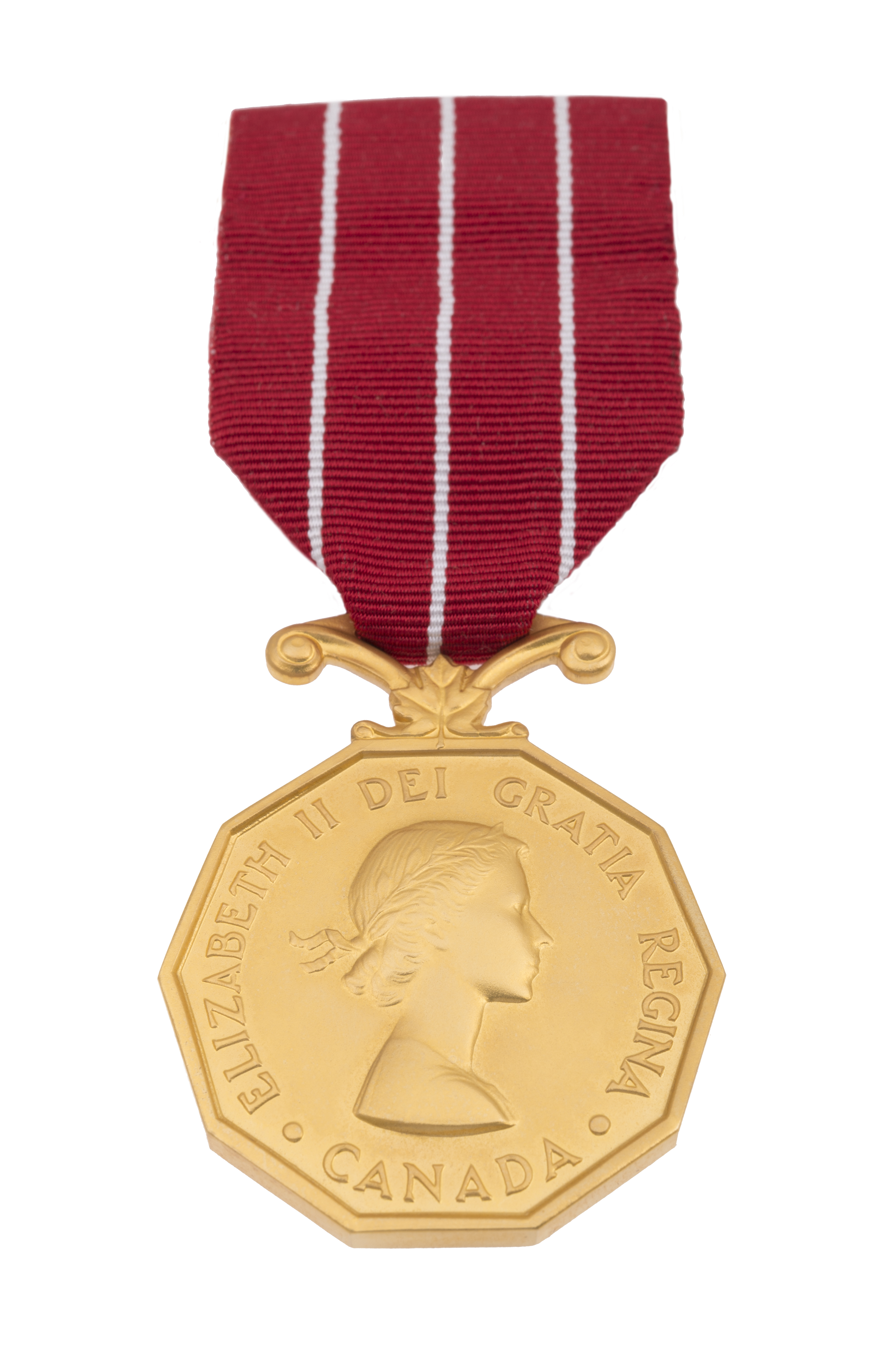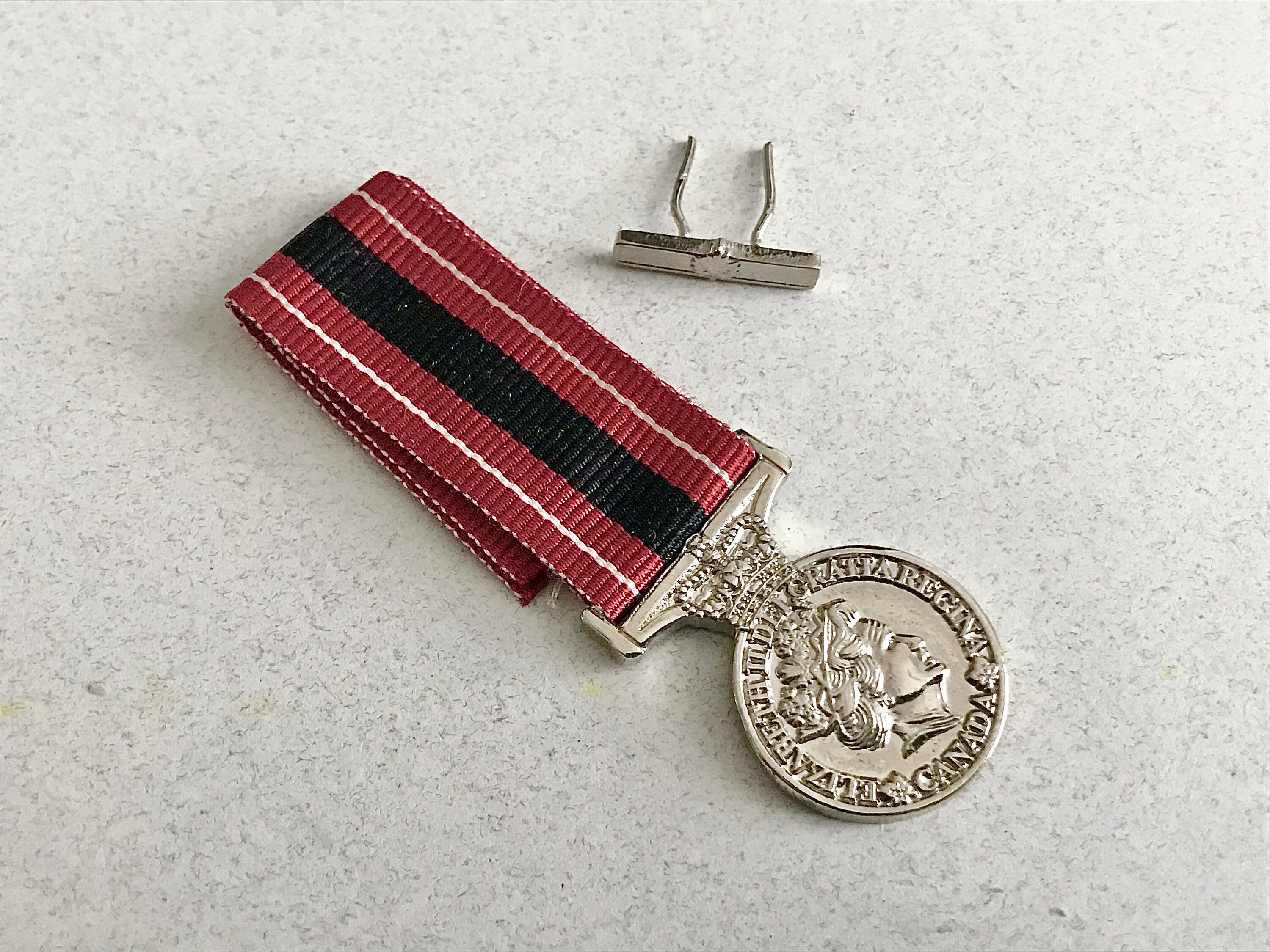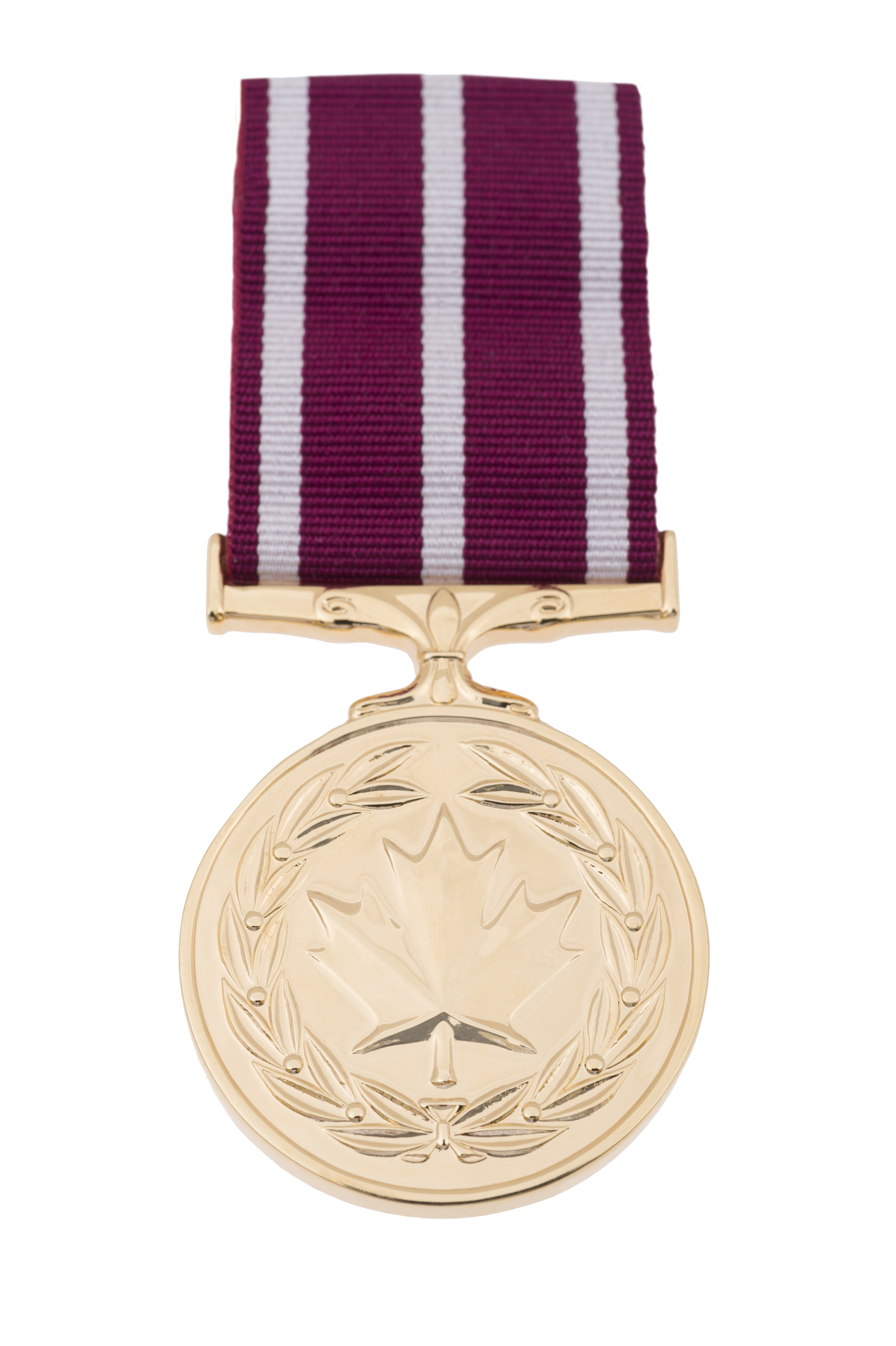Canadian Military Medals - Any Canadian who has won a special medal is usually entitled to certain "post-nominals" or letters after their name. For example, "Robert Smith, O.C." To the holder of the Order of Canada. All sorts of other institutions in Canadian society do the same;
The King's Counsel lawyers wrote "K.C." Members of the Privy Council prefix their names with the word "P.C." and those who are particularly proud of their academic credentials may add "PhD" (PhD), "MA" (Master's Degree) or even "BA" (Bachelor's Degree).
Canadian Military Medals
 Source: pbs.twimg.com
Source: pbs.twimg.com
How far you are willing to go depends on how much personal pride you have. However, at the beginning of the 20th century, some began to think that Britain was taking things a little too far.
British Titles Of Nobility
Especially under British Prime Minister David Lloyd George (1863-1945, served 1916-1922), knighthoods and peerages were quite brazenly sold to inexperienced socialists, and the whole idea of the title was soon associated with a corrupt elitism unfit for democracy.
to society. In 1919, the Canadian Parliament passed the so-called Nickle Resolution, sponsored by parliamentarian William Folger Nickle (1869-1957), which formally asked Britain to stop granting any "honor or title" to Canadian residents. This practice has been in place ever since, although it was briefly suspended during R.B.'s Anglophile regime.
Bennett (1870-1947, served 1930-1935) - who himself died as Canada's most successful prime minister. One of the most interesting Canadian legacies after Britain is the extensive system of awards, honors and titles based on the traditions of the British aristocracy.
 Source: www.gg.ca
Source: www.gg.ca
This practice is sometimes referred to as Canada's Honor System and remains an important way for the nation to recognize and celebrate the greatness of its most distinguished citizens. In Canada's early history as a British colony, Great Britain actively promoted the idea that Canadian colonial society should be strictly hierarchical, with power concentrated among wealthy, well-bred aristocrats.
Order Of St John Of Jerusalem
Most of Canada's early colonial elite were therefore literal lords, earls, dukes, earls and other members of the British nobility imported directly from Great Britain. own. Seven of Canada's first eight prime ministers were knighted (and one became a baronet), as were dozens of prominent Canadian businessmen, senators, bureaucrats, judges, generals, and other people of high social standing.
The Order of St. John celebrates the service of the St. John's Ambulance Society, a private charity in both Canada and Great Britain that has long enjoyed royal patronage. His enthronement ceremonies are elaborate and still include the traditional "sword over the shoulder" style of knights.
Winning medals in Canada can be an important social indicator of a person's achievements and importance to the wider Canadian society, and a particularly decorated man or woman can collect them in their lifetime. At Canadian high society events - especially those organized by the government - wearing multiple medals is a common way to show one's status.
Despite the removal of formal British titles, Canada still retained a fairly extensive system of titles for its political elite. Canada's most senior politicians and judges are usually addressed as "The Honorable" (or "Ladies and Gentlemen") in all official references, while Prime Ministers, Governors General and Chief Justices of the Supreme Court are given the additional title of "The Honorable" (or "Ladies and Gentlemen") Hon.
 Source: www.jbmilitaryantiques.com.au
Source: www.jbmilitaryantiques.com.au
Titles And Forms Of Address
Very dear." Governors-General and their wives/husbands also receive the title "His/Her Excellency", while city mayors are known for the rather flamboyant "His Worship". The monarch of England doesn't have many powers left, but one of them is to award these two medals,
which are usually awarded to the Commonwealth's most distinguished statesmen. Several former Prime Ministers of Canada have earned one or the other (the distinction is more exclusive), as well as recognized leaders from Australia, India and South Africa. Canada's most iconic and famous medal, the Order of Canada, was created to commemorate Canada's centennial in 1967 as the first "
as a true Canadian" award. Currently, 100 are awarded annually to important Canadian politicians, celebrities, scientists and artists in recognition of their achievements. The most famous Canadians seem to win it almost automatically. Canada's highest military honor
erkki, named after the late Queen Victoria (1819-1901). Over the decades, the medal was awarded to British and colonists who displayed exceptional bravery during conflict, including several Canadian soldiers during the two world wars. In 1993, a unique Canadian version was created, but none were ever awarded.
Order Of Merit / Companions Of Honour
However, things changed significantly after the Second World War (1939-1945) and as Canadian culture became more egalitarian, middle-class and free, ceremonies became much more mundane and the wearing of uniforms was gradually abandoned. Today, only governors-general and provincial lieutenant-governors wear uniforms occasionally, and even then the practice is still so rare that every occasion is noteworthy.

With the exception of Provincial Honors and the Medal of Honor, all the medals listed above are formally awarded by the Governor General of Canada, who by virtue of office is automatically the nominal head of the various boards and councils that decide who receives the honours.
. crown. Medal ceremonies are usually the most prestigious activities of a Governor General's career, and are another example of the close connection between modern Canadian honors and the historical traditions of British knighthood. During the long reign of Queen Victoria (1819-1901), which spanned the decades 1837-1901, Great Britain went through a phase of great obsession with imperial aesthetics, bringing an unprecedented confusion with imperial ceremonies and traditions in her colonies.
One of the basic tenets of the Victorian imperial aesthetic was that all important men should wear great-looking uniforms so that their rank and status would always be highly visible. Well into the 20th century, high-ranking Canadian government officials such as governors-general, prime ministers, ambassadors and ministers—and their various associates and advisers—donned gorgeous uniforms for important ceremonies (which, of course, happened all the time).
Order Of Canada
The most distinctive of these was the so-called Windsor Uniform, a high-collared black tunic with gold braid, which was worn by almost everyone important in the early years of Canada. In recognition of the fact that not all achievements are national, starting in the 1980s several Canadian provinces began to create their own "highest honours", usually called the "Order of [Province Name]".
These all celebrate meritorious service to the county community and are often a stepping stone to one of the higher honors mentioned above. Wearing large medals can look a bit showy, so most Canadian medals also have a smaller lapel pin.
 Source: i.etsystatic.com
Source: i.etsystatic.com
Many Canadians of status wear the medal on a daily basis, such as the famous news anchor Peter Mansbridge (b. 1948), seen here on the evening broadcast with an Order of Canada medal. Canada's 1919 ban on British titles remained unchallenged until 2001, when British Prime Minister Tony Blair (b. 1953) attempted to appoint Canadian media mogul Conrad Black (b. 1944) to the House of Lords.
Black vigorously challenged the Canadian government's right to deny him the honor, but ultimately lost. Black eventually renounced his Canadian citizenship and became Lord Black of Crossharbour. Browse medals from the Tilston Memorial Collection of Canadian Military Medals, Canadian War Museum.
Victoria Cross
The list grows as recipients and medals are added. Click on the medal to learn more about the medal and its recipients. Generally speaking, Canadian medals fall into two different categories: civilian and military medals. Military medals are self-explanatory: in recognition of service in the country's armed forces, Canada's military hierarchy awards its conscripts with special awards, the most prestigious of which are awarded for dramatic bravery or heroism on the battlefield.
Special committees of the government, in turn, award civilian medals to recognize ordinary Canadians who have "made a difference" in their community, sometimes through significant achievements in fields such as the arts, science or politics; sometimes through impressive acts of mercy, compassion or selflessness.
Wearing large medals can look a bit showy, so most Canadian medals also have a smaller lapel pin. Many Canadians of status wear the medal on a daily basis, such as the famous news anchor Peter Mansbridge (b. 1948), seen here on the evening broadcast with an Order of Canada medal.
 Source: www.gg.ca
Source: www.gg.ca
In 2002, Queen Elisabeth II (1926-2022) spent 50 years on the throne; it celebrated its 60th anniversary in 2012. Each time, the Canadian government created special commemorative medals, hundreds of which were awarded to famous Canadians from all walks of life.
Provincial Orders
These are probably the two most viewed medals in Canada. Originally, the purpose of the Order of Canada was to honor both military and civilian achievements, but in 1972 it was decided that a separate, strictly military order was needed, and thus the Order of Military Merit was born.
Today, it is usually awarded to Canadian servicemen who have had a long and distinguished career in the armed forces. In speech, only the titles "Adoration" and "Excellency" are usually used (e.g. "Good morning, Your Excellency..."), while most other politicians are simply addressed by their titles, often preceded by "Sir".
or "Ma'am" (Minister Jones, "Good morning, Minister/Minister"). Judges are usually addressed simply as "Your Honor", although in some counties they still operate in British English and use the title "My Lord/Madam" or the more archaic "Mr. / Madam Justice [name]", as in "Mr. Justice Jones. The civilian equivalent of VC
, the Valor Cross, awarded to any civilian who displays exceptional courage or heroism during a national tragedy, was established in 1972 and has been awarded only 19 times - five of them posthumously.
Lapel Pins
canadian military medals ww1, canadian military medals chart, canadian armed forces medals, canadian army ribbons, british military medals chart, canadian honours and awards, canadian military medals ww2, canada medals chart